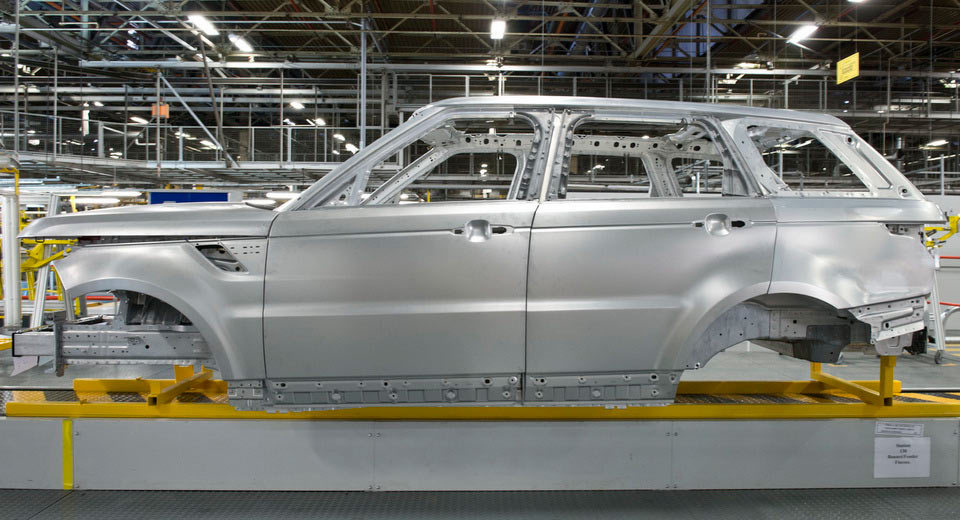According to researchers from the Center for Automotive Research in Ann Arbor, automakers won’t be making any massive leaps in terms of weight saving until they have high-volume production supply chains for composite materials at their disposal.
For this study, the research group inquired about what went into 44 different 2015 model year cars, then asked what materials carmakers would need to use in order to cut 5%, 10% and finally 15% of an automobile’s overall mass.
“If you have to get lighter weight vehicles, there is a huge shift to composites, and especially carbon fiber,” said Jay Baron, CEO of the research group. “Even in pillars and crossbeams and rails. In other words, the message to me was (from the automakers): We cannot get to a 15% lighter weight car without getting very aggressive with composites.”
The study was conducted with support from nine automakers, who provided detailed information on their parts with the sole condition that the Center for Automotive Research (CAR) would not disclose the vehicles used in the study, as reported by Autonews.
While high strength steel and aluminum may be familiar territory for most automakers, once they’ll need to trim 15% off, the material landscape changes, even from a structural perspective. Still, composites like carbon fiber (a strong contender for weight reduction) are also very challenging to introduce into high-volume models. According to Baron, it’s not just a question of cost but of know-how, too, as automakers do not yet have the expertise to produce composites right now and wouldn’t necessarily want to shift production for key components to outside suppliers.
“They say, ‘We worked hard to get standardized processes, and now that we have them you want us to make a composite door? It’s not standard, so you’re disrupting the process. Where is the leadership going to be to establish these processes for composites, for the high-volume production supply chain that is needed? This lack of a supply chain is a major barrier”, added the CAR CEO.









